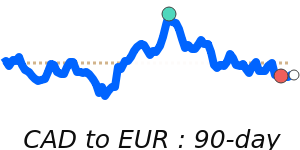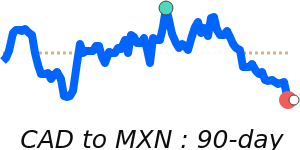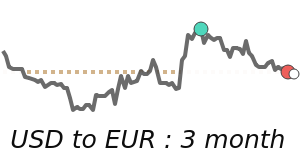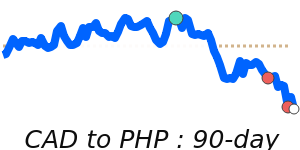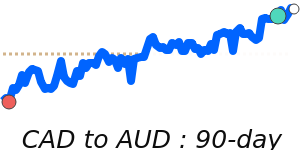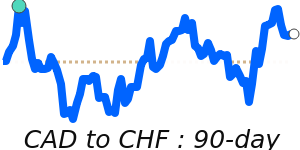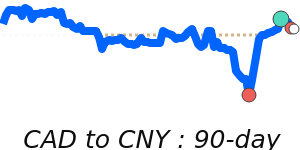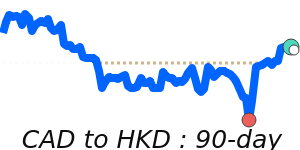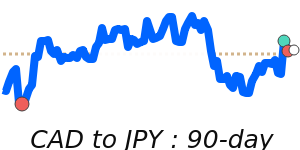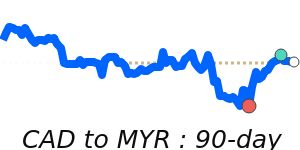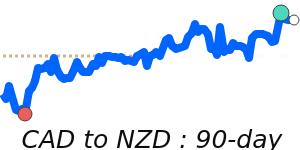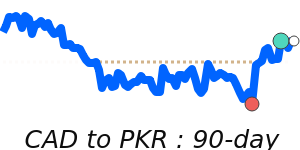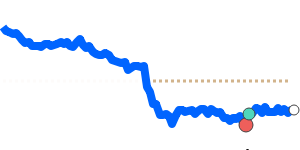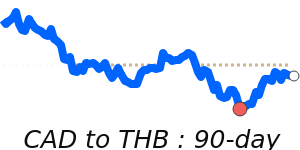The Canadian dollar (CAD), often referred to as the "loonie," remains muted amidst recent fluctuations in oil prices and ongoing geopolitical uncertainties. Analysts noted a rebound in oil prices following a prior selloff, yet the CAD struggled to gain traction. Current trading shows CAD to USD at 7-day lows near 0.7092, which is 1.1% below its 3-month average of 0.7176, indicating possible investor caution as the currency traded in a stable range from 0.7084 to 0.7279.
As the Bank of Canada continues to cut interest rates—most recently reducing the key policy rate twice in September and October to a low of 2.25%—concerns regarding economic stability and employment have grown. This dovish stance from the BoC suggests a potential for further injections of liquidity if economic conditions do not improve. Alongside this, recent U.S. labor market data revealed significant job cuts in October, supporting the CAD by weakening the U.S. dollar and bolstering prospects for a Federal Reserve rate cut.
Oil prices, critical for the CAD due to Canada's status as a major oil exporter, remain volatile. Current trading for OIL to USD is at 63.19, 3.5% below its 3-month average of 65.51. The price has exhibited a significant 15.0% range, emphasizing the sensitivity of the CAD to commodity price shifts. Given that the Canadian economy is heavily reliant on oil revenues, a stabilization or rebound in oil prices could subsequently buoy the CAD.
Trade relations, particularly with the U.S., continue to add a layer of complexity to the economic outlook. Tariffs and changing policies could influence the CAD's performance as nearly 75% of Canada's exports go to its southern neighbor. Additionally, as the global economic landscape evolves, the performance of the U.S. economy and shifts in trade agreements will likely dictate the future trajectory of the CAD.
Overall, as Canada prepares for the release of its latest retail sales figures, any positive data could provide a much-needed boost to the loonie. Traders are advised to monitor developments closely, especially regarding oil price trends and the Bank of Canada's policy decisions, which will play a critical role in shaping the CAD's value in the coming weeks.


